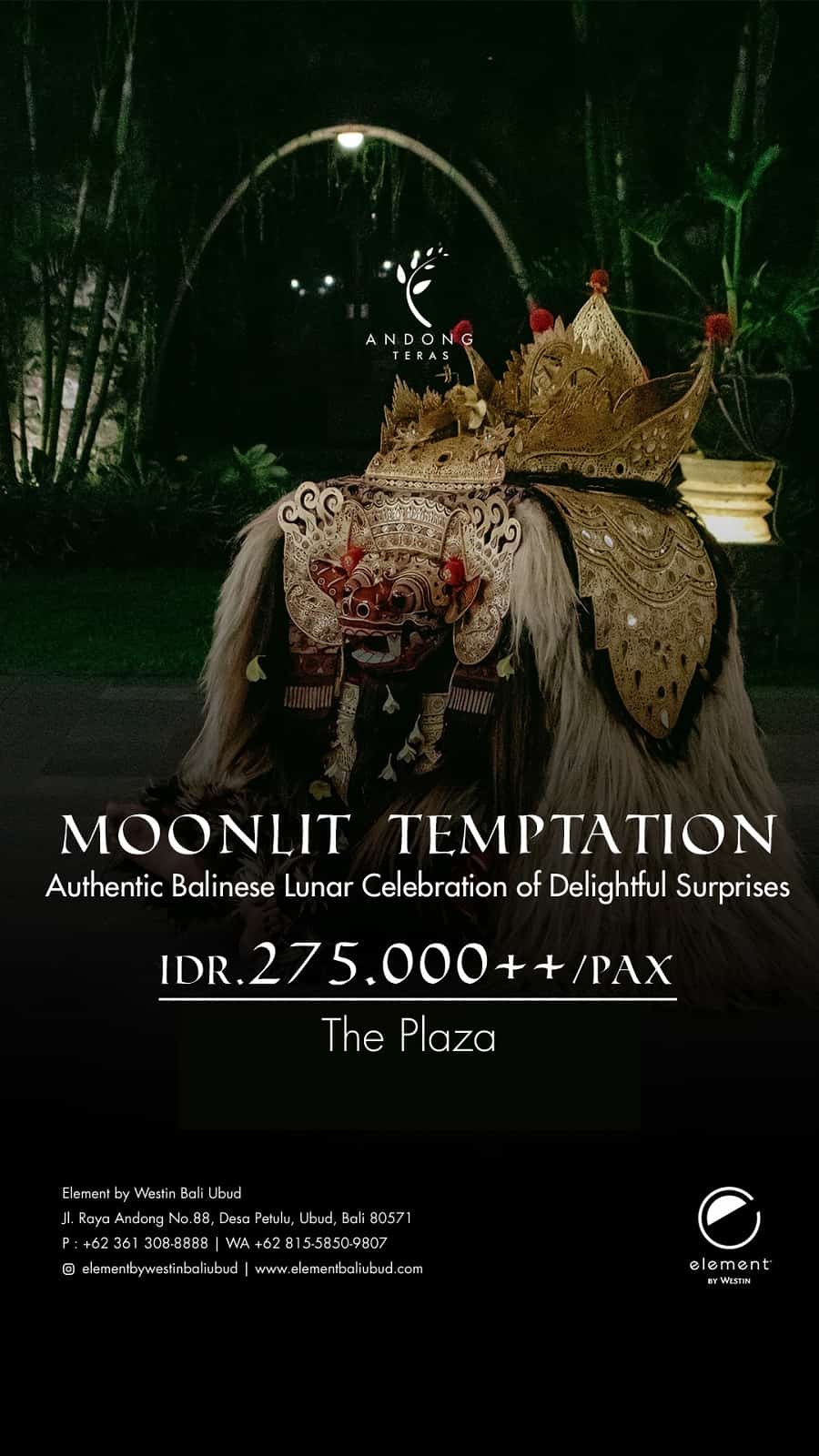It’s hard to understand the Calon Arang story’s tradition in Bali. It is closely tied to the local community’s cultural, religious, artistic, and oral traditions. As an oral tradition, the narrative inspired the Bali Arts Festival in 1997, which featured a variety of performing arts based on the story’s morals.
The first draft of Calon Arang’s story, written in lontar and down from generation to generation by tradition. Calon Arang is loudly mentioned in this story as an evil widow who causes trouble who lived in a remote village called Girah. She has a beautiful-looking daughter named Ratna Manggali. Her daughter had attracted a lot of men because of her beauty, but they were afraid to propose to her since Calon Arang was renowned as an evil widow who liked to spread ill magic. As a result, Ratna Manggali was labelled as an ageing, unmarried woman. Calon Arang became enraged when she heard the rumours and punished all of Girah Village’s inhabitants. King Airlangga then intervened and ordered Mpu Baradah to murder Calon Arang, the troublemaker of the Girah Village chaos. Calon Aran was finally killed by Mpu Baradah.

The creation of various genres that recreate the narrative of Calon Arang came up to many fresh interpretations of the character of Calon Arang itself. The Calon Arang Traditional Dance, for example, which is a creative dance with a Balinese cultural background, gives rise to schemata of Calon Arang that differs from what is described in the embryo of the story.
The birth of various interpretations of the figure of Calon Arang which was adopted into various creative dance performances cannot be separated from the flexible structure of Balinese society in viewing traditional arts. It is not surprising that Calon Arang’s figure underwent many changes, from an antagonist to a symbol of women’s resistance. In the traditional dance with a Balinese cultural background, Calon Arang finds a new form, no longer being a victim and being sacrificed. Now, Calon Arang is a symbol of women’s power even without a crown.
The Calon Arang traditional dance, with its flexible but powerful movements, cannot be separated from the spirit of Balinese dancing, combined with traditional Balinese clothes that have been prepared with Balinese-patterned batik cloth underneath. Makeup is applied in such a way that it emphasizes the lines of the face that it appears to be character makeup. Dancers typically perform sledet as a separate type of Balinese dance. Meanwhile, the sound of Balinese gamelan is mixed with the sounds of several other modern musical instruments to create the accompanying soundtrack. Calon Arang wears a leak-shaped mask with long, hanging nails while moksa to give a theatrical touch.

Calon Arang Dance is more than a creative application. It contains a counter-culture of women who have been obsessed with the philosophy of masculinism. Calon Arang in the hands of Balinese artists is not only something sacred and ritual, but can also be a spectacle that is profane and entertaining. It’s not complete if you go to Bali without witnessing a dance that brings back folklore in this oral tradition.






























Usually I don’t learn article on blogs, however I would
like to say that this write-up very forced me to take a
look at and do it! Your writing taste has been amazed me.
Thanks, quite nice article.